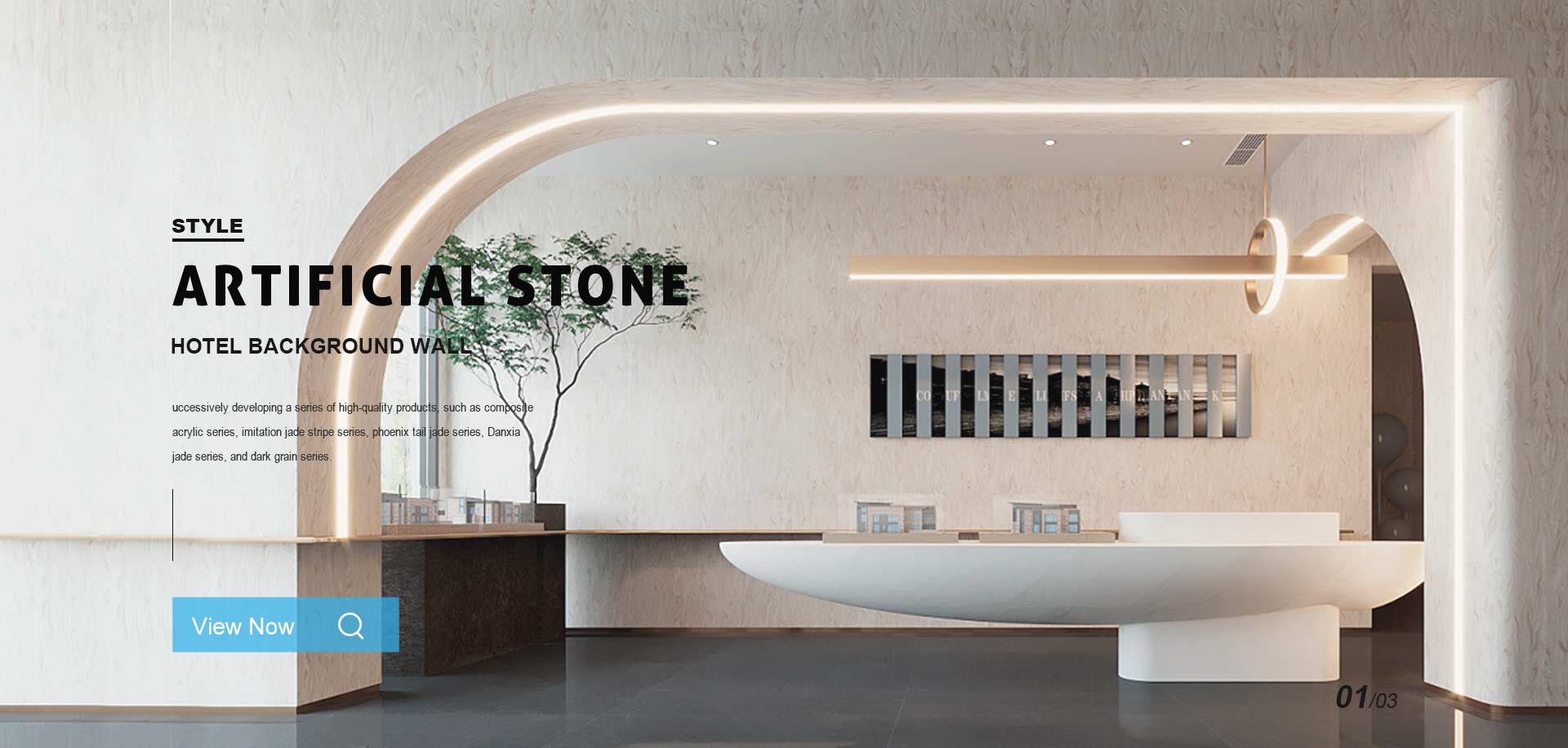Keep Your Reception Area Pristine and Professional with These Simple TipsSolid surface reception counters are a popular choice for modern offices, clinics, hotels, and commercial spaces thanks to their seamless design, elegant appearance, and excellent durability. However, to preserve their aesthetic appeal and extend their service life, proper care and maintenance are essential.In this article, we’ll walk you through practical steps on how to clean, maintain, and protect your solid surface reception counters from everyday wear and tear.1. Daily Cleaning: Quick and EffectiveFor everyday cleaning, all you need is a soft cloth or sponge and a mild soap solution (such as dishwashing liquid and warm water).Steps:Wipe the surface with a damp cloth or sponge to remove dust and dirt.Use a mild detergent for general cleaning.Rinse thoroughly with clean water to avoid residue.Dry the surface with a soft microfiber towel to maintain its shine.Tip: Avoid using abrasive pads or harsh chemical cleaners that can dull the surface or leave scratches.2. Stain Removal: Act QuicklySolid surfaces are non-porous, making them resistant to most stains. However, for tougher marks like ink, coffee, or makeup, swift action is key.To remove stubborn stains:Use a mixture of baking soda and water to create a gentle paste.Apply the paste to the stained area and rub gently with a soft cloth.Rinse thoroughly and wipe dry.Avoid bleach or industrial degreasers unless recommended by the manufacturer.3. Preven





